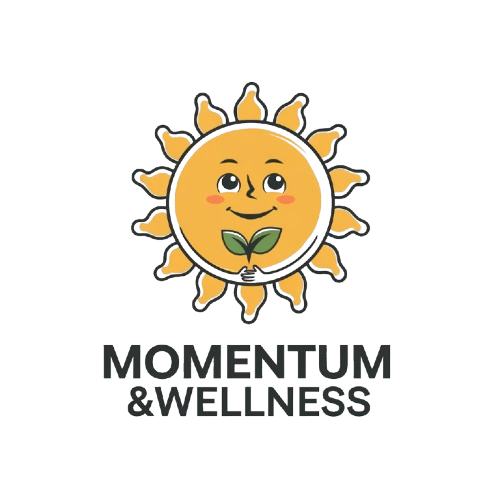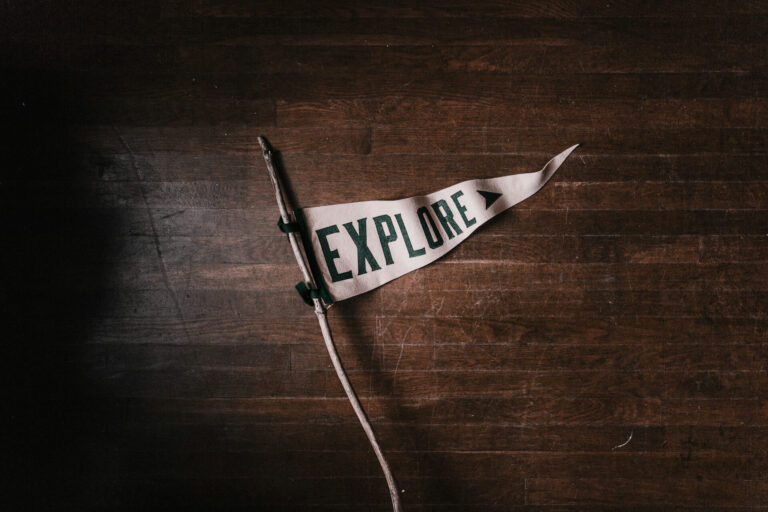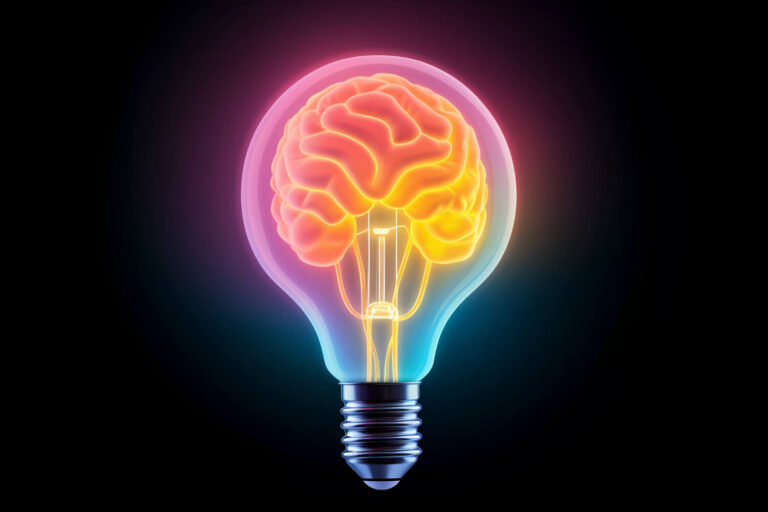
How to Identify Strengths and Weaknesses Easily
Understanding yourself is one of the most important steps toward personal and professional growth. Knowing your strengths and weaknesses can help you make better decisions, improve your relationships, and achieve your goals. But how do you identify what you’re good at and where you need improvement? In this blog, we’ll explore how to identify your strengths and weaknesses.
Why Is It Important to Know Your Strengths and Weaknesses?
Before diving into how to identify your strengths and weaknesses, let’s talk about why it matters.
- Self-Awareness: Knowing your strengths and weaknesses helps you understand yourself better. It allows you to see what makes you unique and where you can grow.
- Better Decision-Making: When you know your strengths, you can focus on opportunities that align with them. Similarly, understanding your weaknesses helps you avoid situations where you might struggle.
- Improved Relationships: Being aware of your strengths and weaknesses can help you communicate better with others. It also allows you to appreciate the strengths of those around you.
- Personal Growth: Identifying areas for improvement gives you a clear path to grow and become the best version of yourself.
Now that we know why it’s important, let’s move on to the main topic: how to identify your strengths and weaknesses.
How to Identify Your Strengths
Your strengths are the things you’re naturally good at or the skills you’ve developed over time. Here are some practical ways to identify them:
Reflect on Your Past Successes
Think about the times when you felt proud of your accomplishments. What did you do well? What skills did you use? For example, if you successfully organized an event, your strengths might include planning, teamwork, and communication.
Ask for Feedback
Sometimes, it’s hard to see our own strengths. Asking friends, family, or coworkers for their input can give you a fresh perspective. You might be surprised to learn what others admire about you.
Take a Strengths Assessment
There are many online tools and tests designed to help you identify your strengths. Popular options include the CliftonStrengths assessment or the VIA Character Strengths survey. These tools provide detailed insights into your natural talents.
Pay Attention to What Energizes You
Your strengths often align with activities that make you feel energized and happy. If you love solving problems or helping others, these could be areas where you excel.
Look for Patterns
Review your past experiences and look for recurring themes. Do you often take on leadership roles? Are you the go-to person for creative ideas? These patterns can point to your strengths.
How to Identify Your Weaknesses
Identifying weaknesses can be a bit harder because it requires honesty and self-reflection. However, understanding your weaknesses is just as important as knowing your strengths. Here’s how to do it:
Be Honest with Yourself
The first step is to admit that you’re not perfect. Everyone has weaknesses, and that’s okay. Think about areas where you struggle or tasks that drain your energy.
Ask for Constructive Criticism
Just like with strengths, feedback from others can be incredibly helpful. Ask people you trust to point out areas where you could improve. Be open to their suggestions and avoid getting defensive.
Track Your Mistakes
Keep a journal of situations where things didn’t go as planned. What went wrong? Could you have done something differently? Analyzing your mistakes can help you identify patterns and areas for improvement.
Compare Yourself to Others (in a Healthy Way)
While it’s not helpful to compare yourself negatively to others, observing people who excel in areas where you struggle can give you insights. For example, if you struggle with public speaking, watch how confident speakers engage their audience.
Take a Weaknesses Assessment
Some online tools, like personality tests or 360-degree feedback surveys, can help you identify weaknesses. These assessments provide a structured way to uncover areas where you might need to grow.
How to Use Your Strengths and Weaknesses to Your Advantage
Once you’ve identified your strengths and weaknesses, the next step is to use this knowledge to improve your life. Here’s how:
Focus on Your Strengths
Your strengths are your superpowers. Use them to your advantage in your career, relationships, and personal goals. For example, if you’re a great listener, consider roles that require strong communication skills.
Work on Your Weaknesses
While it’s important to focus on your strengths, don’t ignore your weaknesses. Identify areas where improvement is necessary and take steps to grow. For example, if you struggle with time management, try using a planner or setting reminders.
Set Realistic Goals
Use your strengths and weaknesses to set achievable goals. If you’re great at creative thinking but struggle with organization, set a goal to improve your organizational skills while continuing to nurture your creativity.
Seek Opportunities for Growth
Look for opportunities that challenge you to grow. If public speaking is a weakness, consider joining a Toastmasters club to practice and build confidence.
Surround Yourself with Complementary People
No one is good at everything. Surround yourself with people whose strengths complement your weaknesses. For example, if you’re not great at details, team up with someone who is.
Common Mistakes to Avoid
While identifying your strengths and weaknesses is important, there are some common mistakes to watch out for:
Overestimating Your Strengths
It’s easy to overestimate your abilities, especially if you’re confident. Be honest with yourself and seek feedback to ensure you’re not overlooking areas for improvement.
Ignoring Your Weaknesses
Ignoring your weaknesses won’t make them go away. Instead, acknowledge them and take steps to improve.
Comparing Yourself Unfairly
Comparing yourself to others can be helpful, but only if done in a healthy way. Avoid feeling inferior or superior based on comparisons.
Focusing Only on Weaknesses
While it’s important to work on your weaknesses, don’t neglect your strengths. A balanced approach is key to personal growth.
Final Thoughts
Identifying your strengths and weaknesses is a powerful tool for self-discovery and growth. By reflecting on your past experiences, seeking feedback, and using assessments, you can gain a clearer understanding of what makes you unique. Remember, everyone has strengths and weaknesses, and that’s what makes us human.
Use this knowledge to set realistic goals, improve your relationships, and pursue opportunities that align with your strengths. At the same time, don’t be afraid to work on your weaknesses. Personal growth is a lifelong journey, and understanding yourself is the first step.
So, take some time today to reflect on your strengths and weaknesses. You might just discover something new about yourself that changes your life for the better.
By following the steps outlined in this blog, you’ll be well on your way to understanding how to identify your strengths and weaknesses. Remember, self-awareness is the key to unlocking your full potential. Start your journey today!



